
Saving on food can be daunting, but with the right strategies, you can ensure you get the most out of your shopping trips and possibly lower your bill. As a former grocery manager, here are some of my favorite tips for saving on food at the grocery store.
So why do groceries cost more than other retail items?

Grocery stores charge higher prices for products that make up their business model: fresh produce, meat, and dairy. Most grocery stores sell these items to customers who want to shop for them weekly (or daily).
Things like milk, eggs, and butter are staples people tend to buy regularly to get lower costs while maintaining quality product ingredients. Grocery stores know this, so they price those items according to supply & demand to make money off them while keeping consumers happy with lower prices.
Time vs. Money
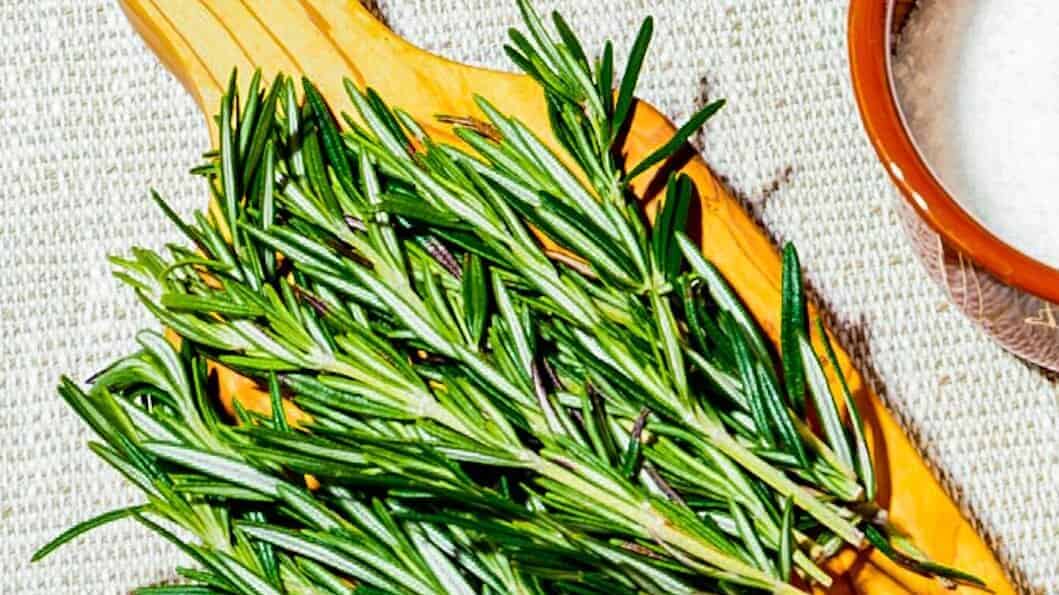
When grocery shopping, knowing how much you spend on food is essential to budgeting and saving money. Another factor is your lifestyle. What is your bigger priority: saving time or saving money?
Using fresh produce is much more complicated for a busy professional on the road. A gardener, farmer, or homesteader may have plenty of fresh herbs and produce but must supplement dairy and shelf-stable items. Assess your needs, how much you and your family cook at home, and what you use the most.
Buy in bulk
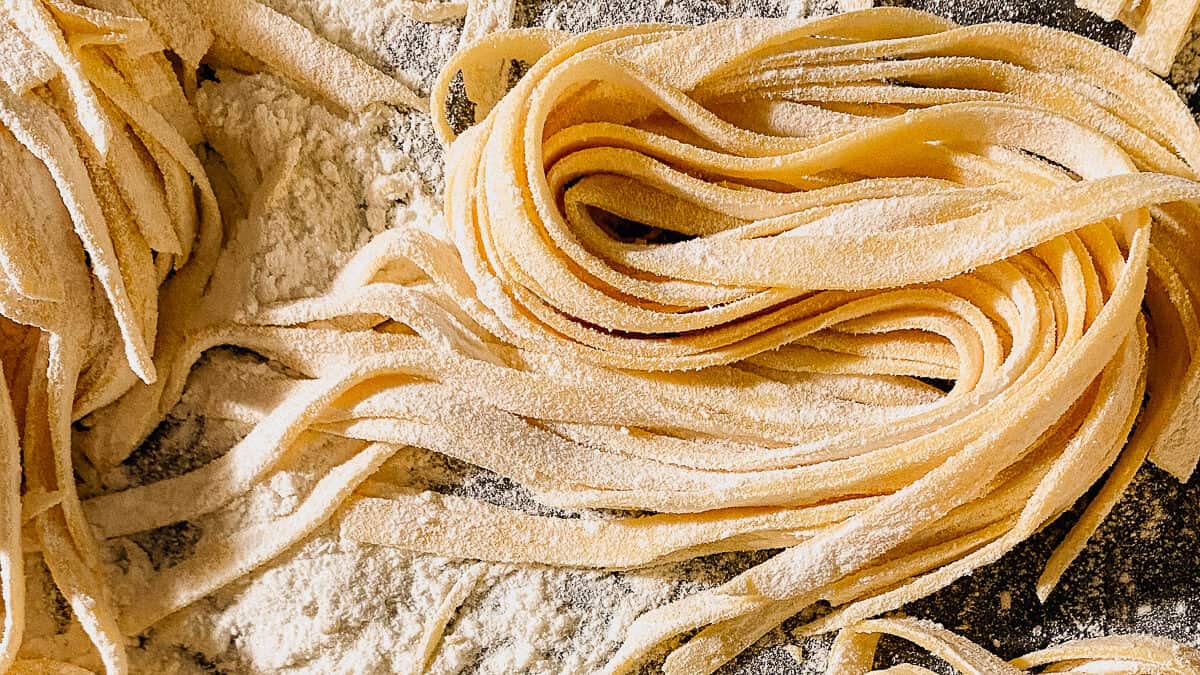
Buying foods you regularly shop for in bulk is a great way to get the best price on things you know you will use. Picking up a pack of chicken breasts or thighs and repackaging them at home allows you to take advantage of key savings. Bulk items are typically cheaper per unit than smaller items, so buying in bulk is a great way to stock up and get more bang for your buck.
Buying in bulk is always good for things like milk and eggs, where you get a better deal per pound than buying by the cupful or quart. Be sure to read the packaging, though, as many products come in smaller containers and are less of a deal.
Shop multiple retailers
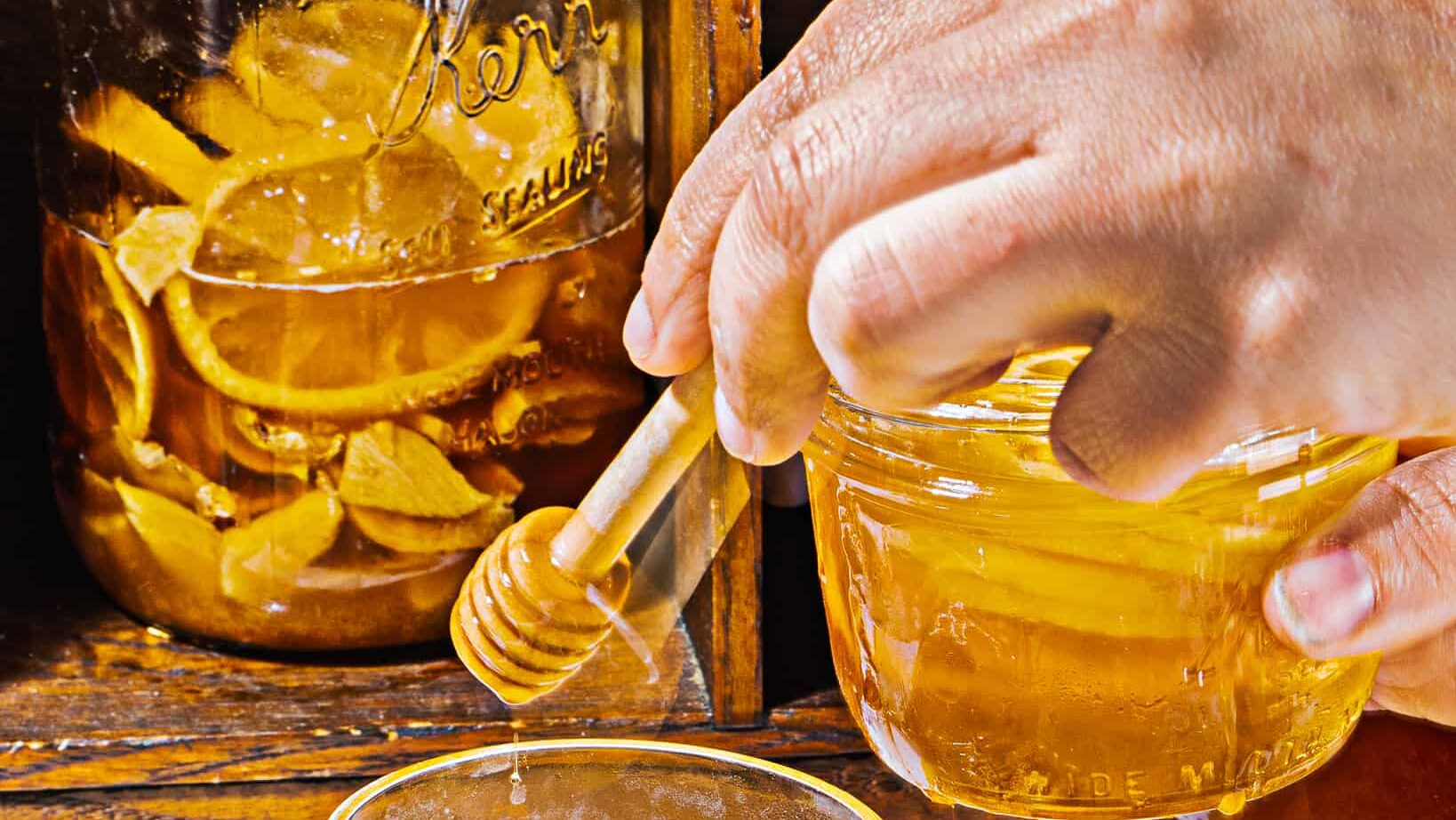
Shopping at multiple retailers can help you save more on food. Compare prices between different stores along with shopping the weekly flyers. Whether you do one big weekly shop at three stores or some other plan that works for you, keeping what store has what product in one sale will help you stay organized.
Get Organized

In reading supermarket flyers, I noticed one general theme. There are typically enough items on sale between two or three stores to make some substantial savings. It is typical that most of us do a "big shop" a week and then do 2-5 quick runs to the store during the week.
Instead, spend 10-15 minutes a week reading the flyers and planning your list to shop for 2-3 stores. Sure, you might add about an hour to your weekly food shopping, but if that hour is worth saving a few thousand dollars on your food budget, it is well worth it!
Keeping receipts is a great way to track spending and help you identify any pricing errors or overcharges you may have missed.
Plan for promos

Staying up-to-date on promotions and specials can help you save on your food budget. Monitor store websites, newsletters, and social media channels to keep in the loop and plan your shopping around the best deals.
Coupons from manufacturers are a great way to save money, but you must be mindful of the promotion dates and minimum quantities. If you don't use a coupon by its expiration date, it takes up space in your wallet or purse.
Save with store loyalty programs

It's also important to read the fine print when using a coupon — some stores have "no double" policies, which means that if you have two identical coupons for one product, only one will scan at checkout.
Grocery store loyalty programs reward store loyalty with discounts and rewards for customers who spend money with a brand or certain credit cards. If you can't keep up with cards or key fob memberships, check out an app like Key Ring to load them onto your phone for one-stop-swiping.
Keep a pantry inventory

Taking a weekly inventory check of your refrigerator, freezer, and pantry shelves. Keeping track of what you have can help you plan and avoid buying food you already have. This will prevent duplicate purchases and help you save money.
Make a shopping list ahead of time

Making a shopping list ahead of time can help you stay focused and avoid buying items that are not on your list. Think about what recipes you'd like to make, anything you've run out of, and any entertainment you have coming up. Write it down or on a note app, and bring it to keep you focused!
Create a realistic meal plan

Creating a realistic meal plan each week can help you reduce food waste. Instead of working day by day, look at each ingredient and how many ways you might be able to use it over the course of the week. If you purchase a rotisserie chicken, perhaps you can use the leftover chicken for tacos or the carcass to make broth.
Tap into the power of your pantry
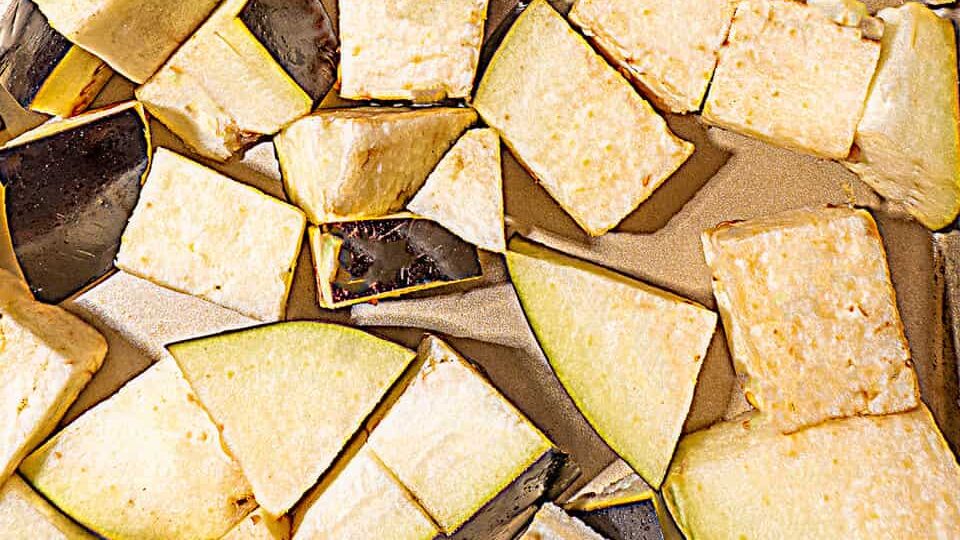
Keeping your cupboards stocked with staples like pasta, pulses, spices, beans, and canned goods can help you save on food. In addition, a well-stocked pantry can help you create meals quickly and easily without buying extra ingredients.
Mindful grocery shopping

Being mindful while grocery shopping can help you save on food. Have a snack and/or hydrate before you go. Stick to your list, which will help you avoid impulse buys (those are by the register!)
As you walk the aisles, scan the shelves for promotions and point-of-sale coupons you'd only see in-store. Check your expiration date and the freshness of each item! Stores often sell items close to their expiration date for a discount or forget to pull them off the shelf once it's past their prime.
Always check the unit price

It's tempting to buy something because it's on sale, but this could cost more in the long run. This can help you compare prices between different brands and sizes of products without having to do any math yourself!
Instead, look at the bottom right corner of each label to see how many ounces or pounds each product contains, and then compare that number to find which one is better value — sometimes, it'll be cheaper even though it's not on sale!
Scan the shelves

In addition to shopping between different stores, shopping within each store is also important. Some stores will have different brands or varieties of products than others do, which can affect prices considerably, so keep an eye out for these differences when shopping for groceries.
Go off-brand

Some folks are brand loyal. But buying brand names can cost you a lot more money. In a blind taste test, most of us could not distinguish between the store and name brands. Sometimes, the only difference between the name and store brands is their label on the can.
What's the difference between a store brand and a name brand?

Store brands are typically made by that manufacturer and have the same quality as their regular product line. So, if you compare two sauces, one made by Brand A and one made by Brand A, the first version might be more expensive than the second.
However, comparing two jars of sauce from each brand (by using store brand versions) may be identical in ingredients and taste! The only difference may be the price point.
Plan for preserving

Preserving fruits and vegetables is a great way to save on food. Canning, drying, and freezing leftover herbs or fresh fruits and vegetables can help you save money and enjoy your garden's produce all year.
Food preservation is a great way to save money and enjoy fruits and veg that you might not get to before it spoils. Here are a few ways to preserve your favorite fruits and vegetables.
Canning
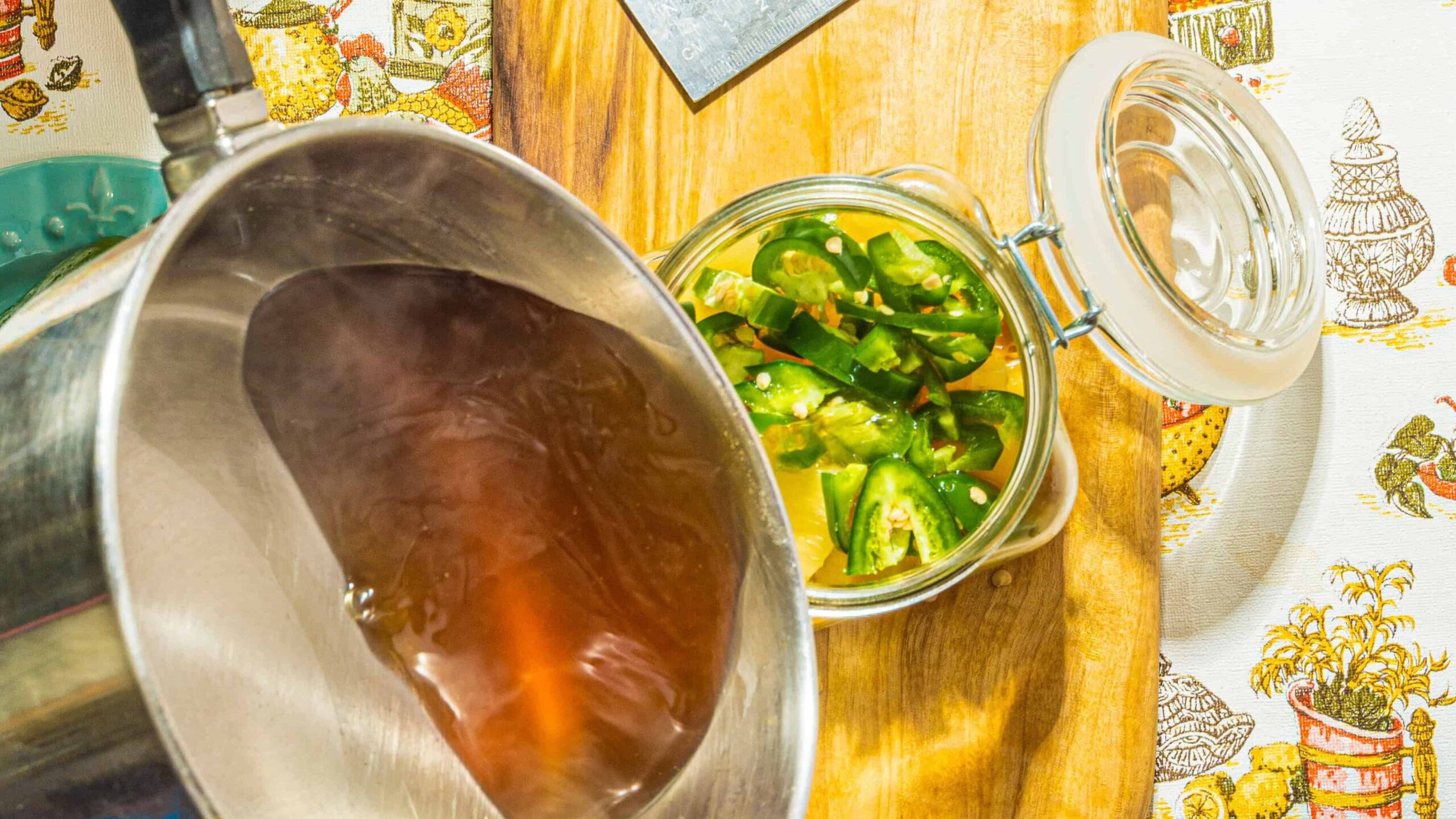
Canning and pickling are excellent ways to preserve leftover food, especially during the summer when bumper crops are produced. You can pickle almost any fruit or vegetable in a canning jar, but some items are better. For example, tomatoes are one of the easiest things to can, while pickles take more time and effort.
Drying

Dehydrating foods is another effective way to preserve them for later use. Dried fruits such as apricots or cherries make great snacks and are also tasty additions to salads or oatmeal toppings. Dried herbs can be added to soups and stews for extra flavor without adding salt or oil.
Freezing
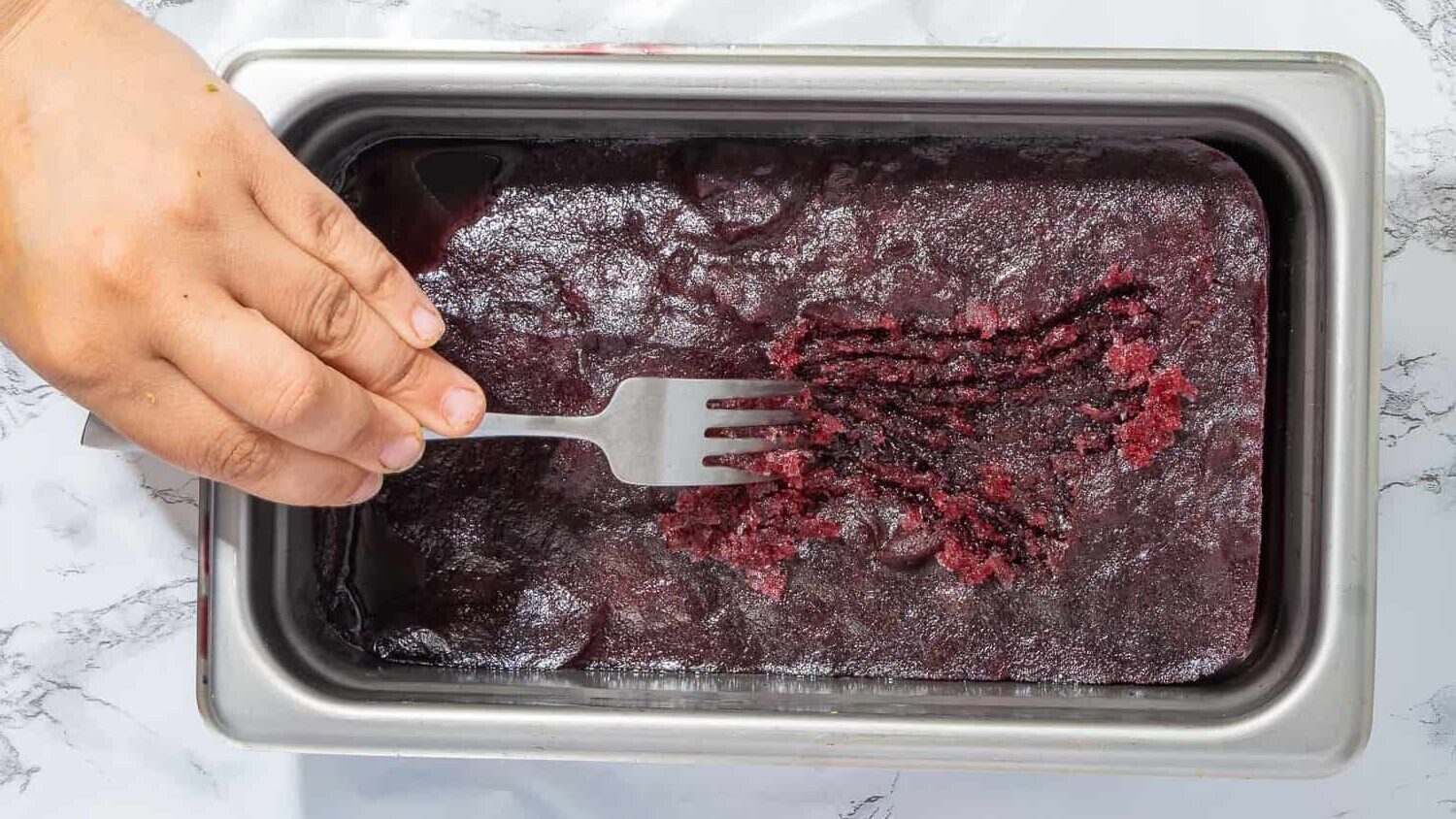
Freezing is another easy option for preserving foods such as berries, tomatoes, and herbs that don't need much preparation before freezing them in airtight containers or bags.
How to Keep Your Berries Fresh for Longer
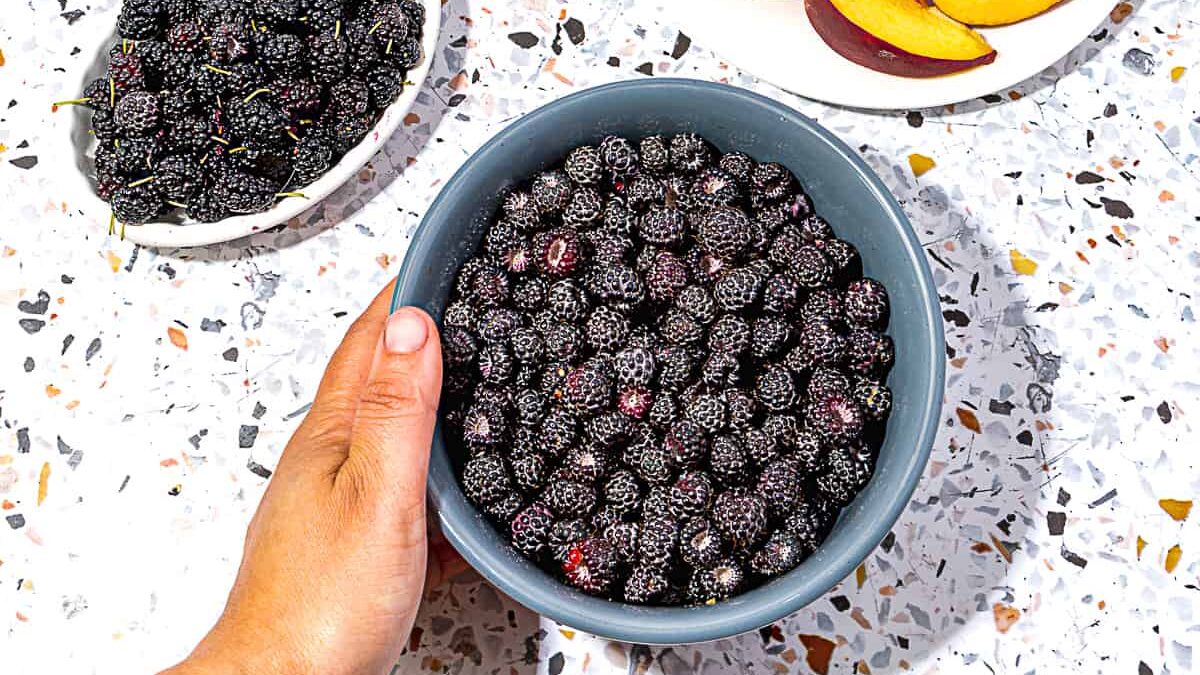
Berries are one of the most delicious fruits on earth but can also be frustrating to store. They're so fragile that they bruise easily and spoil quickly once they get a little soft. Learning how to keep berries fresh will help ensure you can enjoy them in good time.
Get These Tips: How to keep berries fresh
Gnocchi Carbonara

This dish is pasta's answer to comfort food cravings. What's that, you say? Are you looking for a new twist on your favorite hearty pasta carbonara?
Get the Recipe: Gnocchi Carbonara Recipe with Pancetta
Egg Prices Got You Down? Here are 20 Substitutes to Keep You Baking

Having a hard time getting eggs? What's a baker to do? Luckily, there are options. Many alternative ingredients can be used in place of eggs in recipes—with varying degrees of success—and believe it or not, some may taste better than the real thing.
Get these 20 Substitutes to Keep Your Baking Going



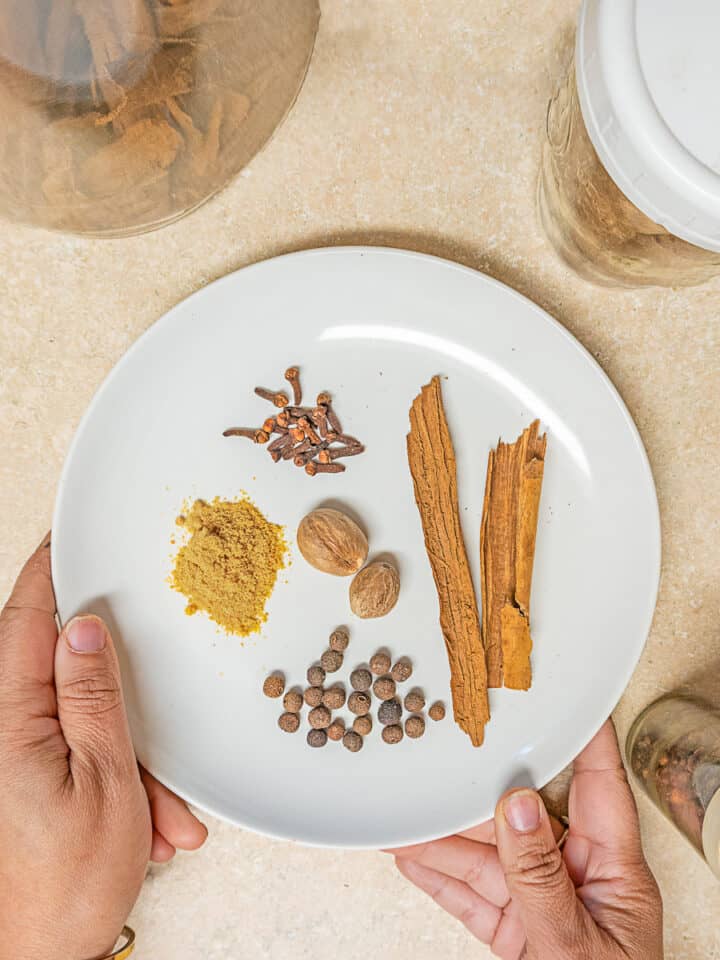


Comments
No Comments